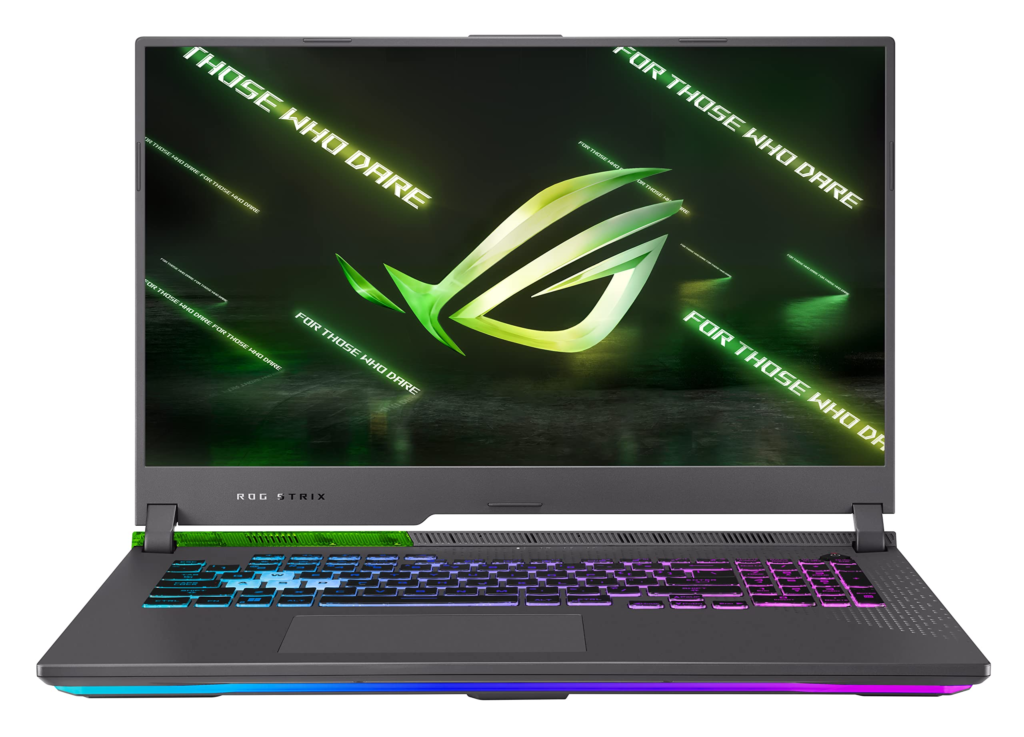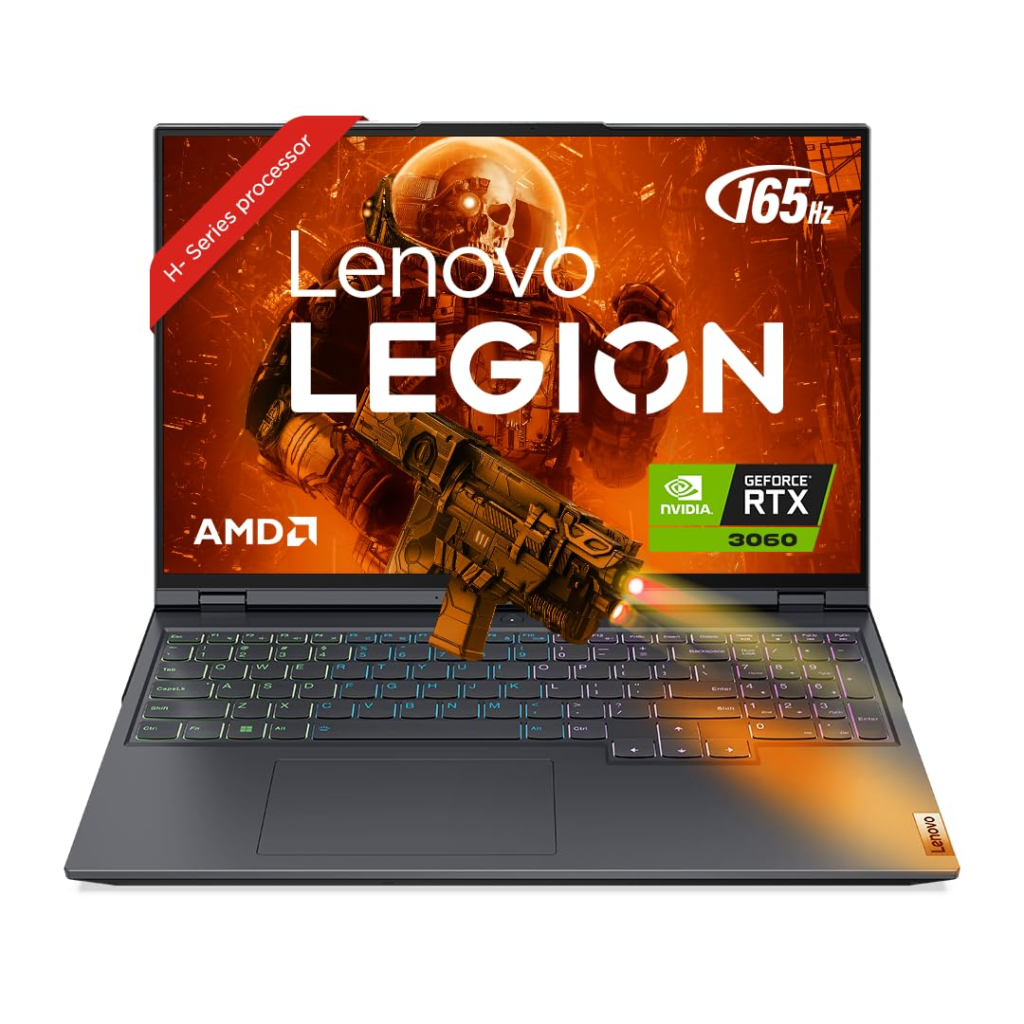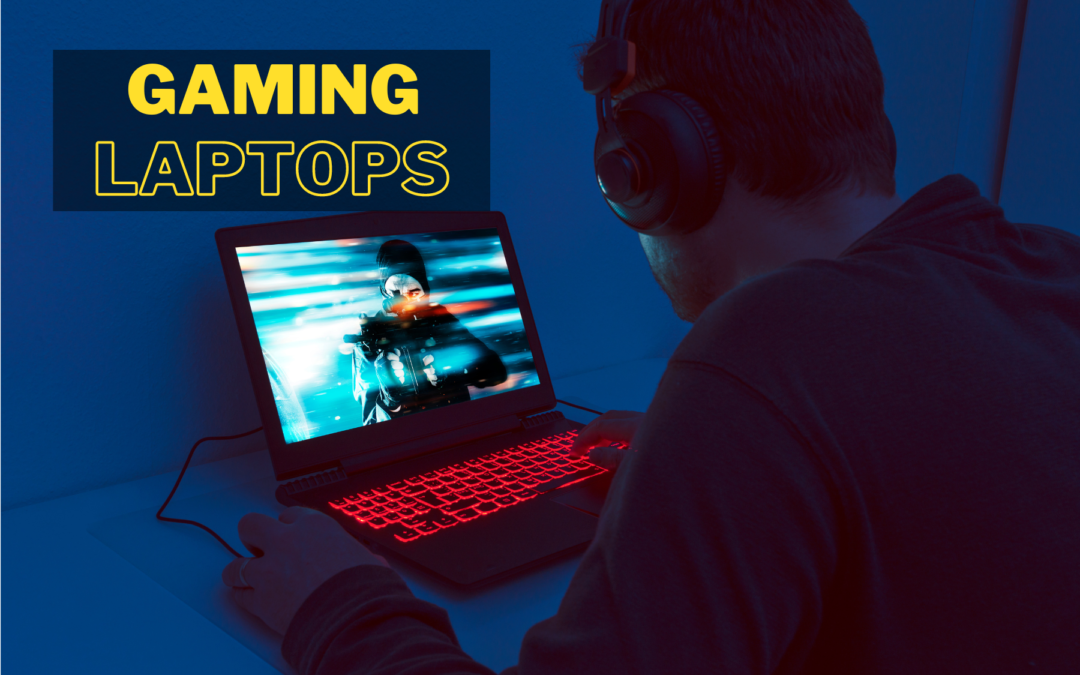Power on the Go: The Evolution of Gaming Laptops
Within the dynamic world of gaming, where immersion, speed, and graphics are paramount, the need for powerful gaming rigs has skyrocketed. The introduction of gaming laptops, which offer portability without sacrificing power, has completely changed the gaming landscape. Traditionally, desktop computers have been the benchmarks for performance in games. This blog delves into the development of gaming laptops, examining their technological innovations, market patterns, and potential futures.
Tech Advancements:
Game laptop performance is now on par with desktop performance because to the arrival of powerful GPUs like AMD’s Radeon and NVIDIA’s GeForce series. Improvements in cooling technologies, like as vapor chamber cooling and sophisticated fan designs, have also reduced the risk of overheating and allowed for prolonged gaming sessions to be played at optimal performance.
The market for gaming laptops has grown rapidly due to the rising popularity of live streaming, content development, and esports. The popularity of social media and gaming communities has increased demand for gaming laptops that allow users to customize the RGB lighting and stream live, showcasing their individual personalities and tastes.
Here are list of Best Gaming Laptops
1.ASUS ROG Strix G17

CPU: AMD Ryzen 7 6800HS Mobile Processor (8 cores, 16 threads, 20MB cache, maximum boost frequency of 4.7 GHz). 16GB of memory (8GB SO-DIMM *2) 4800MHz DDR5 Upgradable using two SO-DIMM slots, up to 32GB | Storage: 1 x vacant M.2 slot with 512GB PCIe 4.0 NVMe M.2 SSD for SSD storage. Graphics: NVIDIA GeForce RTX 3050 dedicated graphics card with 4GB GDDR6 VRAM with ROG Boost operating at 1550MHz* at 95W (50MHz OC and 1500MHz Boost Clock, 80W+15W Dynamic Boost).
2. HP OMEN Gaming Laptop

8-core AMD Ryzen 7 6800H processor, 16 threads, and 16MB of L3 cache, you can dominate virtual combat with lightning-fast processing. Keeping your composure is made possible with OMEN Tempest Cooling. Laptop graphics card: 8 GB NVIDIA GeForce RTX 3070 Ti Enhanced 3D rendering, AI-accelerated performance, and ultra-efficient data processing are all possible with graphics that unlock an immersive gaming experience. Gamers may enjoy lag-free gameplay thanks to the 1TB PCIe Gen4 NVMe TLC M.2 SSD, which offers upgraded memory and storage. You can easily run memory-intensive gaming programs with the 16GB DDR5 RAM.
3. ASUS TUF Gaming A15

CPU: AMD Ryzen 9 5900HX Mobile Processor (8 cores, 16 threads, 20MB cache, maximum boost frequency of 4.6 GHz)
16GB of memory (8GB SO-DIMM *2) 32GB of DDR4 3200MHz RAM is supported with | Storage: 512GB PCIe 3.0 NVMe M.2 SSD with an extra 1x M.2 slot that is empty for future storage expansion
Graphics: GDDR6 6GB VRAM with Optimus and NVIDIA GeForce RTX 3060 GPU, up to 1630MHz at 90W (95W with Dynamic Boost) Operating System: Windows 11 Home, pre-installed, with a lifetime validity Software Included: New Microsoft 365 customers get a one-month trial.
4. Lenovo Legion 5 Pro

Processor: AMD Ryzen 7 5800H; Base frequency: 3.2 GHz; Maximum frequency: 4.4 GHz; 8 cores; 16 threads; 16MB cache. Dedicated graphics with a maximum TGP of 130W, a Boost clock of 1425/1702MHz, G-Sync and free sync, and NVIDIA GeForce RTX 3060 6GB GDDR6 Memory and Storage: 512GB SSD, expandable to 2TB SSD; 16GB DDR4-3200 RAM, upgradeable to 32GB.
To sum up:
In conclusion, gaming laptops have evolved from specialized novelty items to essential gaming allies that provide players all over the world with unmatched performance and portability. They are pushing the limits of what is feasible with every technological advancement, taking the game of business to new heights. One thing is certain as we eagerly await the next wave of innovation: gaming laptops will undoubtedly have an exciting future full of endless possibilities.

